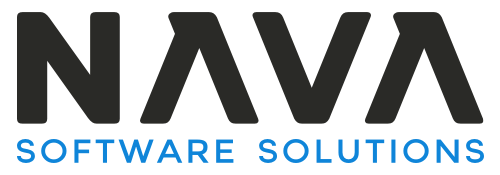Meeting Regulatory Challenges in the Energy and Utility Sector Through Digital Transformation
The energy and utility sector is a highly regulated industry where companies must adhere to strict compliance standards for environmental protection, safety, data security, and customer rights. Digital transformation is emerging as a powerful enabler for energy and utility companies, offering tools to streamline compliance, manage data effectively, and ensure operational transparency.

Why Digital Transformation is Essential for Regulatory Compliance
Regulatory compliance in the energy and utility sector covers a wide range of areas, from emissions tracking and health and safety standards to data privacy and cybersecurity. Traditional methods of managing compliance often rely on manual processes, spreadsheets, and outdated systems that can lead to errors, inefficiencies, and increased risk of non-compliance. Digital transformation enables energy and utility companies to automate compliance tasks, collect and analyze data in real time, and gain visibility into their operations, making it easier to stay compliant with industry standards.
Key Drivers of Digital Transformation in Regulatory Compliance:
- Increasing Complexity of Regulations: As governments and regulatory bodies impose stricter environmental and safety standards, companies need digital tools to track, document, and report compliance activities accurately.
- Data-Driven Decision-Making: With access to vast amounts of operational data, companies can leverage digital solutions to gain insights that support compliance and operational improvements.
- Enhanced Transparency and Accountability: Digital platforms enable companies to maintain clear records, enhancing transparency and enabling efficient audits.
- Cybersecurity and Data Protection: With increased focus on data privacy, digital solutions help secure sensitive customer and operational data, reducing the risk of breaches and fines.
Best Practices for Implementing Digital Transformation in the Energy and Utility Sector
Align Digital Transformation Goals with
Compliance Needs
Define clear objectives for digital transformation that align with regulatory requirements and prioritize compliance-related projects.
Invest in Scalable Technology Solutions
Choose technology solutions that can grow with the company, adapting to new regulations and expanding operations while ensuring continuous compliance.
Foster a Compliance-Centric Culture
Train employees to understand the importance of compliance in their roles, promoting awareness of regulatory standards and best practices.
Partner with Experts for Seamless Implementation
Work with digital transformation partners who understand the regulatory landscape and can provide tailored solutions for the energy and utility sector.
Conclusion
Meeting regulatory challenges in the energy and utility sector is no easy task, especially in an environment of complex, evolving requirements. Digital transformation provides energy and utility companies with the tools to streamline compliance, enhance data security, and proactively manage risks, building a foundation for operational excellence.
At NAVA Software Solutions, we specialize in helping energy and utility companies navigate digital transformation to meet regulatory demands effectively. Contact us today to learn how our solutions can support your compliance goals and drive operational success in the digital age


